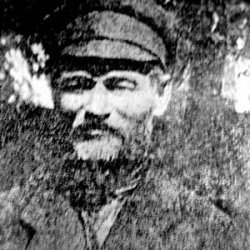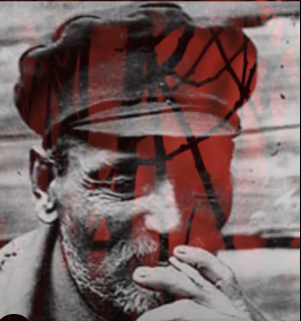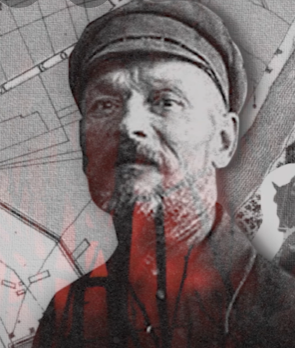
1871 - 1923
Vasili Ivanovich Komaroff
Summary
Name:
Nickname:
The Wolf of Moscow / The Shabolovka Street KillerYears Active:
1921 - 1923Birth:
January 01, 1871Status:
ExecutedClass:
Serial KillerVictims:
33Method:
Bludgeoning / Strangulation / Throat slashingDeath:
June 18, 1923Nationality:
Soviet Union
1871 - 1923
Vasili Ivanovich Komaroff
Summary: Serial Killer
Name:
Vasili Ivanovich KomaroffNickname:
The Wolf of Moscow / The Shabolovka Street KillerStatus:
ExecutedVictims:
33Method:
Bludgeoning / Strangulation / Throat slashingNationality:
Soviet UnionBirth:
January 01, 1871Death:
June 18, 1923Years Active:
1921 - 1923bio
Vasili Ivanovich Komaroff was born Vasili Terentevich Petrov on January 1, 1871, in the Vitebsk Governorate of the Russian Empire. He grew up in a large and poor family. Many members of his family struggled with alcoholism. He started drinking himself at the age of 15. At 18, he was conscripted into the Russian army, where he served for four years.
After his military service, Vasili got married at the age of 28. In 1904, during the Russian-Japanese War, he traveled to the Far East, where he earned a small fortune. However, he soon squandered his money. Vasili was later sentenced to one year in prison for robbing a military warehouse. While he was imprisoned, his wife died from cholera. Following his release, Vasili moved to Riga, which is now in Latvia, where he remarried a Polish widow named Sophia. Together, they had two children. Despite being married, Vasili continued to struggle with alcohol and often abused his wife and children.

In 1915, during World War I, Vasili and his family moved to the Volga region as German troops entered the Baltic. When the Russian Empire began to disintegrate in 1917, he joined the Red Army during the October Revolution. During this time, he learned to read and write and advanced to the position of platoon commander. While fighting in the Russian Civil War, he was captured by troops from the White Army. Vasili managed to escape but chose to change his name to Vasili Ivanovich Komaroff to avoid the judgment of the Military Revolutionary Tribunal.
In 1920, he relocated to Moscow with his family. They settled at 26 Shabolovka Street. Vasili began working as a carriage driver and horse trader, while also continuing his involvement in thievery.
murder story
In February 1921, Vasili Ivanovich Komaroff began committing his murders after meeting clients who wanted to buy horses. He would invite them to his home and serve them vodka. Once they were relaxed, he would kill them. He used a hammer or sometimes slit their throats. After the killings, he would hide the bodies in bags. He either buried them, concealed them around the house, or dumped them in the Moscow River.
By the end of 1921, Komaroff had murdered at least 17 people. In the following two years, he killed at least 12 more. His wife, Sophia, learned of his actions but remained calm. She eventually joined him in the murders.
Police in Moscow noticed a pattern when bodies of men began appearing in garbage bags every Thursday or Saturday. This led to a two-year investigation. Residents noticed that Komaroff regularly visited the market on Wednesdays and Fridays, often without bringing any horses but leaving with a customer.

In early 1923, police visited Komaroff's home to investigate illegal alcohol. During their search of the stable, they discovered his latest victim hidden under hay. Komaroff jumped out of a window to escape, but was arrested on March 18, 1923. During interrogation, he confessed to killing 33 men. Police noted that robbery was a motive but found that he made very little money from the crimes.
After confessing, he took the police to the locations where he had disposed of the bodies. However, only six of the last twelve could be recovered. He described killing as "an awfully easy job." While in prison, he attempted suicide three times. Sophia was also tried and found guilty of murder because she must have known what was happening.
Mental health evaluations deemed Komaroff sane but identified him as a psychopath and an alcoholic. Both he and his wife were sentenced to death and executed by firing squad on June 18, 1923.